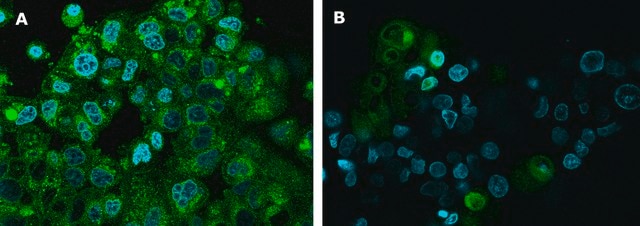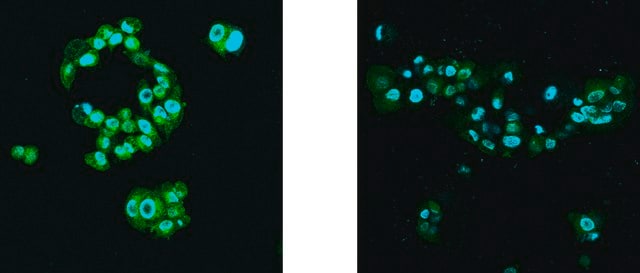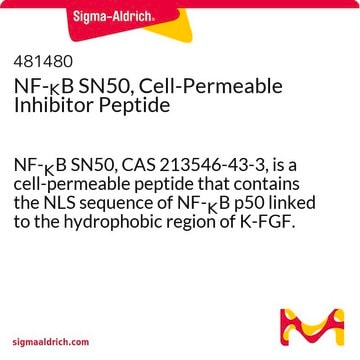SCT250
BioTracker™ Spermine Polyamine Green Fluorescent Live Cell Probe
Human
Synonym(s):
BioTracker™ Spermine Polyamine Green Fluorescent Live Cell Probe, clickable polyamine probe, live cell probe, polyamine probe, polyamine transport system probe, spermine probe
About This Item
Recommended Products
product name
BioTracker™ Spermine Polyamine Green Fluorescent Live Cell Probe,
biological source
human
Quality Level
packaging
vial of 500 μg
manufacturer/tradename
Millipore
technique(s)
cell culture | stem cell: suitable
shipped in
dry ice
storage temp.
−20°C
Application
MW: 743.35 g/mol
SPECTRAL PROPERTIES
λex: 494 nm
λem: 510 nm
Features and Benefits
Target description
Storage and Stability
Other Notes
Legal Information
Disclaimer
Storage Class Code
11 - Combustible Solids
WGK
WGK 3
Flash Point(F)
Not applicable
Flash Point(C)
Not applicable
Certificates of Analysis (COA)
Search for Certificates of Analysis (COA) by entering the products Lot/Batch Number. Lot and Batch Numbers can be found on a product’s label following the words ‘Lot’ or ‘Batch’.
Already Own This Product?
Find documentation for the products that you have recently purchased in the Document Library.
Our team of scientists has experience in all areas of research including Life Science, Material Science, Chemical Synthesis, Chromatography, Analytical and many others.
Contact Technical Service





